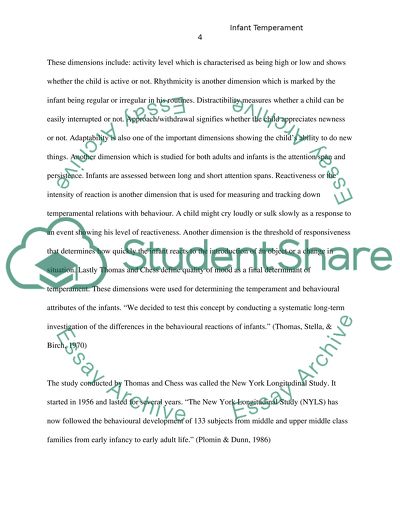Cite this document
(“Infant Temperament & Anxiety Disorder Research Paper”, n.d.)
Retrieved from https://studentshare.org/psychology/1432416-evaluate-the-importance-of-ychinfant
Retrieved from https://studentshare.org/psychology/1432416-evaluate-the-importance-of-ychinfant
(Infant Temperament & Anxiety Disorder Research Paper)
https://studentshare.org/psychology/1432416-evaluate-the-importance-of-ychinfant.
https://studentshare.org/psychology/1432416-evaluate-the-importance-of-ychinfant.
“Infant Temperament & Anxiety Disorder Research Paper”, n.d. https://studentshare.org/psychology/1432416-evaluate-the-importance-of-ychinfant.


